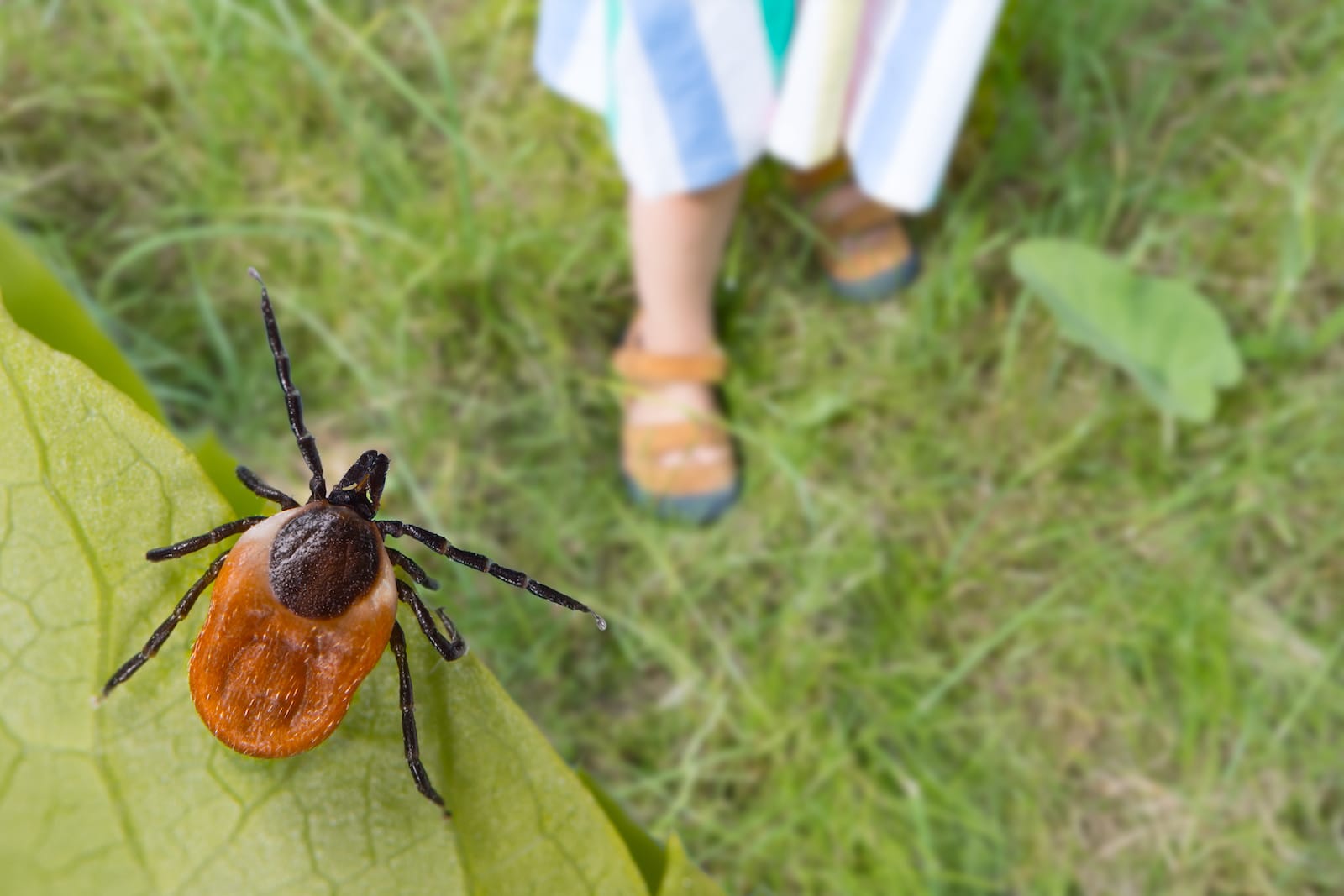Thinking about a visit to California’s national parks? Whether you’re planning a solo adventure or have a loved one exploring these vast landscapes, you need to heed these warnings. The beauty of these parks hides some serious and often overlooked dangers. Read on to protect yourself and your loved ones.
1. Rock Slides

Imagine you’re admiring the majestic cliffs of Yosemite, and suddenly, you hear a thunderous crash. Rock slides are a real and present danger. In 2017, a massive rockfall near El Capitan killed a British climber and injured another. Always be aware of your surroundings and avoid areas with loose rocks.
2. Bear Attacks

Picture yourself setting up camp, only to turn around and find a bear sniffing through your food. In Sequoia National Park, bears are known to approach campsites. In 2019, a hiker was mauled by a bear while trying to protect his food. Always secure your food and maintain a safe distance from wildlife.
3. Mountain Lion Encounters

You’re hiking alone, and you suddenly feel like you’re being watched. Mountain lions are elusive predators that can stalk hikers. In 2018, a cyclist was attacked by a mountain lion in Whiting Ranch Wilderness Park. Stay alert and make noise to avoid surprising these big cats.
4. Extreme Heat

Imagine hiking in Death Valley with the temperature soaring above 120°F. In 2020, a tourist died after hiking in these unbearable conditions. Hydrate constantly and avoid strenuous activities during peak heat.
5. Hypothermia

It’s a sunny day, but a sudden snowstorm catches you off guard. Despite California’s warm reputation, hypothermia is a serious risk in parks like Yosemite and Lassen Volcanic National Park. In 2018, a hiker succumbed to hypothermia after being caught in an unexpected snowstorm. Always check the weather and pack appropriately.
6. Flash Floods

You’re exploring a narrow canyon when a wall of water rushes toward you. Flash floods can occur without warning, especially in parks like Joshua Tree and Death Valley. In 2015, flash floods in Zion National Park (near California’s border) swept away seven hikers to their deaths. Avoid hiking in narrow canyons during rain forecasts.
7. Falling Trees

A peaceful campsite turns deadly when a tree crashes down. In 2017, a young girl was killed by a falling tree in Yosemite Valley. Always be cautious and avoid camping under large trees.
8. Drowning

You decide to take a dip in a seemingly calm river, but the current pulls you under. Rivers and lakes can be deceptively dangerous. In 2020, three people drowned in the Merced River in Yosemite within a span of two weeks. Never underestimate the power of water currents and always wear a life jacket.
9. Lightning Strikes

High up on a ridge, you suddenly hear thunder and feel your hair stand on end. High altitudes increase the risk of lightning strikes. In Sequoia National Park, a group of hikers was struck by lightning in 2016, resulting in severe injuries. Avoid open areas and seek shelter immediately if a storm approaches.
10. Avalanches

You’re skiing down a beautiful slope when the ground beneath you starts to give way. Avalanches pose a significant risk in winter months, especially in areas like Kings Canyon National Park. In 2019, a skier was buried in an avalanche and did not survive. Always check avalanche forecasts and carry appropriate safety gear.
11. Dehydration

You’re halfway through your hike and realize you’re out of water. Even in cooler parks, dehydration can be deadly. In Joshua Tree National Park, dehydration claimed the lives of several hikers in 2018. Always carry more water than you think you need.
12. Poisonous Plants

You brush against some leaves and later find a painful rash spreading. Plants like poison oak are common in many parks. Contact can cause severe allergic reactions. Learn to identify these plants and avoid touching them.
13. Ticks and Lyme Disease

After a day in the woods, you find a tick latched onto your skin. Ticks carrying Lyme disease are prevalent in California’s parks. Lyme disease can cause long-term health issues. Wear long sleeves and use insect repellent to protect yourself.
14. Serious Falls

You step close to the edge to take a photo, and the ground crumbles beneath you. The stunning cliffs and waterfalls can be deadly. In 2018, a couple fell to their deaths while taking selfies at Taft Point in Yosemite. Stay away from edges and be cautious when taking photos.
15. Wildfires

You’re enjoying a serene hike when you smell smoke and see flames in the distance. California’s parks are highly susceptible to wildfires, which can spread rapidly. In 2020, the Castle Fire devastated parts of Sequoia National Park. Always check fire conditions and heed evacuation warnings.
16. Serial Killers

Imagine you’re camping alone, and you hear footsteps outside your tent. Though rare, there have been cases of violence in national parks. In 1999, the infamous “Yosemite Killer” murdered four women in Yosemite National Park. Always stay vigilant and report any suspicious activity to park authorities immediately.
Stay Aware

California’s national parks are breathtaking, but they come with hidden dangers that can turn a dream trip into a nightmare. Whether you’re venturing out yourself or have a loved one exploring these parks, be aware of these risks and take necessary precautions. Your safety should always be the top priority.
Featured Image Credit: Shutterstock / Lukas Bischoff Photograph.
For transparency, this content was partly developed with AI assistance and carefully curated by an experienced editor to be informative and ensure accuracy.





